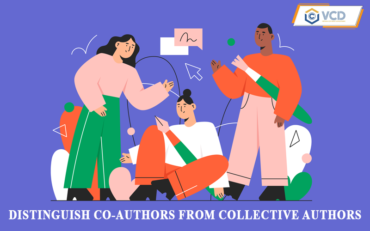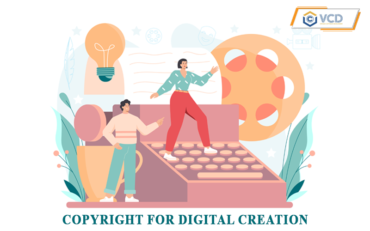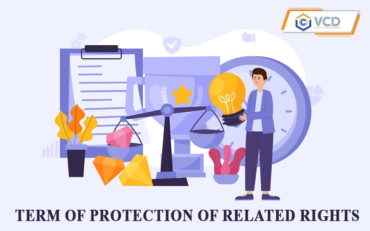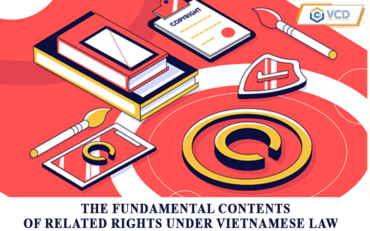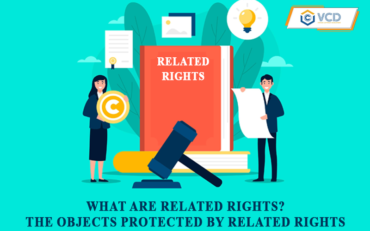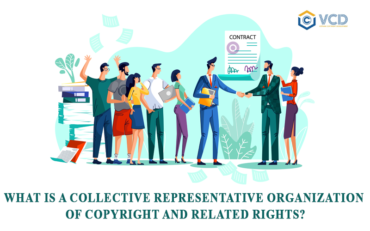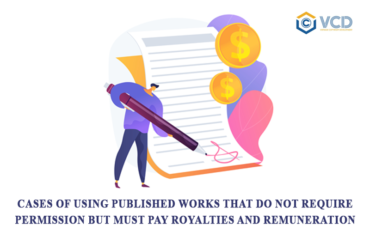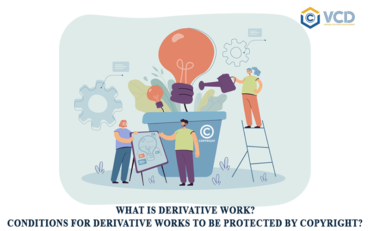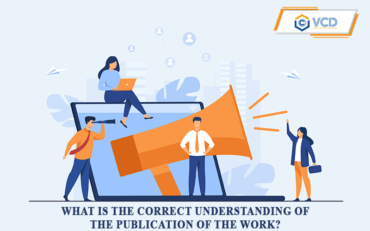Distinguish co-authors from collective authors
Concepts related to the author, co-author, or collective authors always confuse identifying and determining related legal rights. Among those concepts, co-authorship and collective authorship are considered quite difficult to distinguish. VCD’s following article “Distinguish co-authors from collective authors” will clarify the concepts of co-authorship and collective authorship to help readers distinguish between these two concepts.
1. Co-author
According to Article 6 of Decree 22/2018/ND-CP on guidance on Intellectual Property Law, the concept of co-authorship is stipulated as follows:
“Co-authors are authors who directly create part or all of a literary, artistic and scientific work.”
“A person who supports provides comments or provides materials for others to create a work is not recognized as an author or co-author.”
So, with the above definition, a co-author must be someone who directly works creatively to create the work and contributes actual effort to shaping the work. People who only give ideas, contribute opinions, support or provide materials to the author without directly participating in the process of shaping the work are not considered co-authors.
A co-author also has the same rights as a regular author. However, it should be noted that there is a difference in the rights of co-authors in two cases where the author is also the owner of the work and the author is not the same owner of the work.
Specifically, if the co-authors use their time, finances, and physical and technical facilities to co-create the work, the co-authors are also the owners of the work and enjoy all the benefits. Personal rights and property rights are stipulated in Articles 19 and 20 of the Intellectual Property Law for works created by them together.
2. Author collective
Currently, the law does not have a specific definition of a collective of authors. However, in reality, some types of works have their characteristics, completely created from different art forms, separate but combined into a whole work. Specifically, the two most clearly visible types are theatrical works and cinematographic works.
Decree 22/2018/ND-CP also stipulates in Article 11 and Article 12 that authors who compose theatrical and cinematographic works are the authors specified in Clause 1, Article 21 of the Intellectual Property Law.
Specifically, for cinematographic works, screenwriters and directors enjoy moral rights including the right to name the work or allow the transferee of property rights to name the work; the right to put your real name or pseudonym on the work; the right to have your real name or pseudonym stated when the work is published or used; the right to protect the integrity of the work to prevent others from distorting it; Do not allow others to modify or mutilate the work in any form that harms the author’s honor and reputation. Cinematographers, film editors, music composers, art designers, sound designers, lighting designers, special effects artists, film actors, and people who perform other creative tasks for the work Cinematographers enjoy the right to put their real names or pseudonyms on their works; be given your real name or pseudonym when the work is published or used.
For theatrical works, the author of the theatrical script enjoys moral rights, which are the right to name the work or allow the transferee of property rights to name the work; the right to put your real name or pseudonym on the work; the right to have your real name or pseudonym stated when the work is published or used; the right to protect the integrity of the work to prevent others from distorting it and do not allow others to modify or mutilate the work in any form that harms the author’s honor and reputation. People who are authors of literary works, authors of musical works, stage directors, music conductors, choreographers, stage designers, customers, and people who perform other creative work for theatrical works, enjoy the right to put their real name or pseudonym on the work; be given your real name or pseudonym when the work is published or used.
We can understand the collective of authors as those who directly create the work. However, unlike co-authorship, collective authorship can only be applied to theatrical and cinematographic works. Even though it is a collective, each subject can make a separate part of the work and synthesize the parts to create a unified and complete whole. Besides, for the collective of authors, it can be seen that those who play a key, decisive role and dominate the overall work in shaping the work from content to form of expression will hold many positions and have more rights than those who play a partial role in shaping the work in a certain form of expression without dominating or deciding the content of the work.
In the author collective, the authors will be the subjects enjoying moral rights (except the right to publish the work) and receive remuneration from the owner. Property rights and the right to publish works will belong to the organization or individual making the financial investment; material and technical facilities to produce works.
Above is the article “Distinguish co-authors from collective authors”. We hope this article is useful to you.

